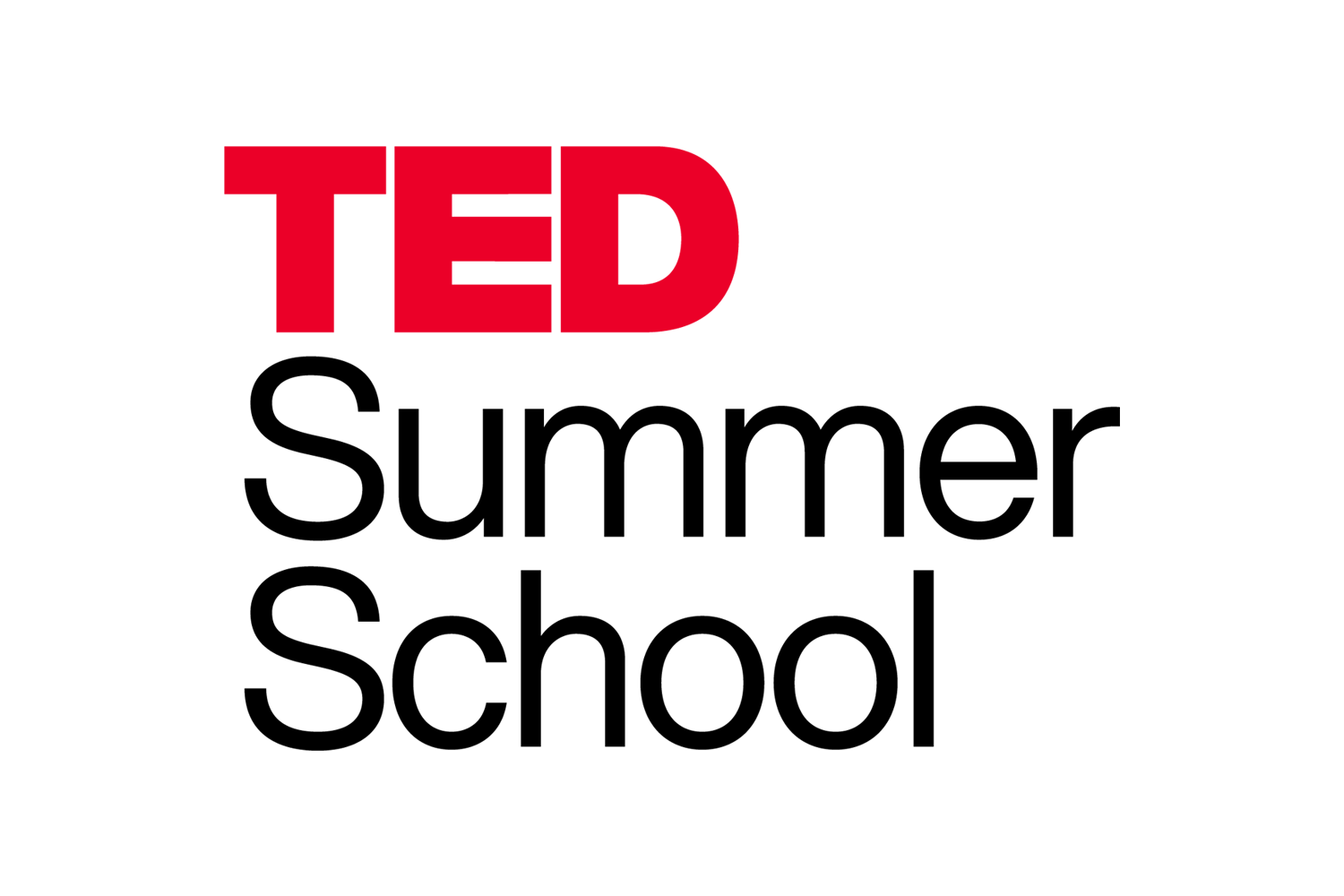If you’re curious about high school research journals and wondering how to get your work published, you’re not alone. More students today are exploring early research opportunities to boost their academic profiles and prepare for college-level study. These journals give you a way to share your original ideas with a real academic audience, helping you stand out among other applicants. Publishing research isn’t just for university students anymore, high school students are now leading fascinating studies in science, humanities, and social impact.
In this guide, you’ll learn exactly what high school research journals are, why they matter, how you can get published, and which journals accept high school submissions. You’ll also discover how publishing connects with future goals like college admissions and even summer school programs that can support your growth as a student researcher.
The Importance of High School Research Journals
High school research journals are academic publications dedicated to showcasing original work from students like you. They allow you to contribute to conversations in science, technology, literature, or the arts while you’re still in secondary school. Unlike standard school essays, research papers published in these journals undergo a form of peer review or editorial evaluation. This means your work is assessed for originality, accuracy, and clarity, giving you a real sense of what academic publishing is like at a professional level.
These journals matter because they provide an early entry point into scholarly communication. Publishing in a platform such as The High School Journal or the National High School Journal of Science shows that you’re capable of critical thinking and academic writing beyond your grade level. Students who explore using AI for research development often discover innovative ways to refine their analysis and present their findings effectively. When you publish, you’re not just sharing your work, you’re joining a global network of young thinkers driven to make an impact.
Moreover, participating in these research projects can complement experiences you gain through summer school NYC programs, where you may engage with real-world academic environments. Exposure to mentorship, teamwork, and data analysis during these summer sessions can later help you develop publishable research. Whether you’re interested in medicine, environmental studies, or literature, getting published in a high school journal can set the foundation for lifelong learning and academic confidence.
How to Get Published in a High School Research Journal
Getting your work published in a high school research journal requires planning, patience, and perseverance. The first step is identifying a topic that genuinely interests you, something you’re curious about and can explore with available resources. Research doesn’t always require expensive lab equipment; many published papers analyze data, conduct surveys, or perform literary or historical analysis. A well-framed question and clear methodology matter more than complexity.
Once you have a topic, finding the right mentor or advisor is crucial. Most successful submissions come from students who work closely with teachers or mentors who help refine their ideas, structure their papers, and strengthen their arguments with solid evidence. Schools often encourage independent study or research collaborations with local universities for this reason. Many of these connections also lead students to the best summer programs for high school students, where personalized mentorship and guided research are integrated into the curriculum to help young scholars produce publishable work.
After completing your paper, carefully review submission guidelines for your chosen journal. Each journal, whether it’s the International Journal of High School Research or the Journal of Student Research, has unique requirements for word count, formatting, and review process. The International Journal of High School Research acceptance rate is known to be competitive, reflecting its academic rigor. Don’t be discouraged if you don’t get accepted on your first try; even feedback from reviewers can strengthen your work. Revision and persistence are key, as learning to handle constructive criticism is part of the research process.
Top High School Research Journals to Submit To
If you’re ready to submit, there are several respected high school research journals that welcome student contributions. Some of these journals focus on STEM, while others highlight interdisciplinary or humanities-based studies. Understanding each one’s mission and criteria will help you target your submission effectively.
Here’s an overview of the most recognized publications for high school students:
| Journal Name | Focus Area | Submission Fee | Acceptance Rate | Peer Review |
| The High School Journal | Multidisciplinary | Free | Moderate | Yes |
| National High School Journal of Science (NHSJS) | STEM | Free | Selective | Yes |
| Journal of Student Research (JSR) | Multidisciplinary | Varies | Moderate | Yes |
| International Journal of High School Research (IJHSR) | Science & Humanities | $50–$100 | Competitive | Yes |
| Curieux Academic Journal | STEM & Social Sciences | Free | Moderate | Yes |
| Journal of High School Science | STEM | Free | Moderate | Yes |
These journals are credible and provide meaningful feedback during the review process. While some, like Curieux Academic Journal, have rolling submissions, others operate in cycles, meaning you’ll need to plan your submission months in advance. The International Journal of High School Research acceptance rate remains among the lowest, which makes it a distinguished achievement if your paper is accepted.
Choosing the right publication also depends on your subject area and goals. For instance, if you’re exploring neuroscience, the Journal of High School Science may be a great fit. If your project blends literature and psychology, The High School Journal or Journal of Student Research might be more appropriate. Each publication offers a unique opportunity to develop your academic identity before you even start college.
Choosing the Right Journal for Your Research
With so many journals available, it’s important to choose one that aligns with your topic, writing style, and academic goals. Start by evaluating each journal’s credibility. Look for clear submission guidelines, an editorial board with academic credentials, and evidence of past publications. Legitimate journals usually showcase their archives and provide information on how papers are reviewed. This transparency is a good sign that your work will be handled professionally.
Another factor to consider is subject alignment. If your research falls under STEM, a publication like National High School Journal of Science might be ideal. For interdisciplinary or social research, Curieux Academic Journal provides an excellent platform. Matching your topic to the journal’s focus increases your chances of acceptance. Remember, submitting to the right journal is not just about getting published, it’s about ensuring your work reaches the right audience.
Finally, pay attention to the publication’s turnaround time and mentoring support. Some journals pair students with reviewers who provide detailed guidance, while others focus strictly on the manuscript’s quality. If you want additional practice before submitting, you can attend summer school programs that emphasize research and writing skills. These experiences can prepare you for the academic rigor of peer-reviewed publication and help you present your work more effectively.
Topics To Publish in High School Research Journals
When you’re deciding what to write about, the best approach is to choose a topic you’re genuinely passionate about. High school research journals cover a broad range of disciplines, from physics and computer science to psychology, economics, and creative writing. The most successful papers usually stem from curiosity, a question you truly want to answer. For instance, you might explore how social media impacts teen sleep patterns or analyze how sustainable materials can improve construction practices. The key is to develop a question that’s original yet manageable with your available time and resources.
STEM fields are particularly popular in publications like the National High School Journal of Science and the Journal of High School Science, which feature articles on biology, chemistry, and environmental science. However, humanities and social sciences are just as valuable. Many journals welcome essays that analyze literature, historical trends, or global policy. If your research is data-driven, ensure that your methodology is clear and your findings are supported by credible sources. Strong data interpretation can make your paper stand out, even in fields that rely heavily on qualitative analysis.
Another great way to refine your topic is through pre-college or summer school NYC programs, where you can collaborate with university mentors and peers. These experiences expose you to college-level research methods and give you the chance to test ideas in a structured environment. Some of the best summer programs for high school students even allow you to complete a research project that’s ready for publication by the end of the course. By combining academic curiosity with mentorship and preparation, you’ll have a much stronger chance of producing work that’s both insightful and publishable.
How Publishing in High School Journals Helps with College Applications
Publishing in one of the top high school research journals can make your college application stand out in a highly competitive field. Admissions officers value demonstrated intellectual curiosity, and having a published paper shows that you’ve gone beyond the classroom to explore your academic interests, especially if you’ve looked into research journals designed for high school students. It proves you can manage long-term projects, analyze data, and communicate complex ideas, all skills that universities look for in prospective students. A publication adds depth to your application, distinguishing you from other candidates with similar grades and test scores.
Moreover, universities increasingly value research experience in holistic admissions reviews. Publishing through platforms like the Journal of Student Research or The High School Journal shows that you can handle scholarly expectations. If you’re unsure how to get started, learning how to publish a research paper is an excellent first step toward developing academic confidence and credibility. It also serves as evidence that you’re prepared for the rigorous demands of college coursework and research seminars.
Beyond the admissions advantage, research publication also builds transferable skills you’ll continue using throughout your academic life. You’ll learn how to write clearly, structure arguments logically, and interpret feedback constructively. Students who have gone through the publishing process often perform better in university because they’ve already mastered essential academic habits. For added preparation, you might consider joining an online research programme before university, as these programs simulate university-style projects and help you grow more confident as both a scholar and communicator.
Tips to Succeed in the High School Research and Publishing Process
Succeeding in the research and publishing process takes time, strategy, and a willingness to revise your work. It helps to start with strong academic writing tips so you can structure your paper effectively and communicate your findings clearly. The first key is planning ahead, as most high school research journals have submission deadlines months in advance. Setting realistic goals and maintaining a writing schedule ensures you won’t rush your final draft. Be prepared to spend time revising your paper after receiving editorial feedback, revision is not a sign of failure but a critical part of producing high-quality academic work. Using effective revision strategies can make the process more efficient and less overwhelming.
Collaboration is another major success factor. Don’t hesitate to seek guidance from teachers, mentors, or peers who can critique your work constructively. Peer review and feedback sessions often highlight weaknesses you might overlook on your own. Developing critical thinking for students will help you engage with these insights more objectively and refine your arguments with academic maturity. Joining academic communities, whether online or through school clubs, can also give you a sense of belonging and accountability. The confidence you build from sharing your ideas with others will make your final submission much stronger.
Finally, develop resilience and patience. The International Journal of High School Research acceptance rate, for example, is relatively low, reflecting its selective nature. Rejection doesn’t mean your research lacks value, it simply means it might need more refinement or a better-aligned publication venue. Every piece of feedback you receive helps improve your writing, reasoning, and analytical abilities. Persistence in this process will pay off not only with publication success but also with a deeper understanding of how research contributes to knowledge.
Wrap Up
Getting published in high school research journals is one of the most rewarding ways to grow both academically and personally. These journals let you share discoveries, explore interests, and demonstrate intellectual potential before entering university. Each publication opportunity strengthens your credibility as a young scholar and shows your readiness for advanced study. To enhance your research skills and connect with mentors, consider joining best summer programs for high school students that offer hands-on experience and academic enrichment. Organizations like Immerse Education provide global learning experiences that help you develop confidence, research ability, and collaboration skills.
If you’d like to learn how to prepare your research for publication or explore university-level topics through immersive learning, you can contact Immerse Education at hello@immerse.education or call +44(0) 20 8123 6988. Our expert mentors can help you identify opportunities that match your interests and academic goals. Remember, the path to discovery starts with curiosity, and publishing in a high school research journal is one of the best ways to turn that curiosity into achievement.


























